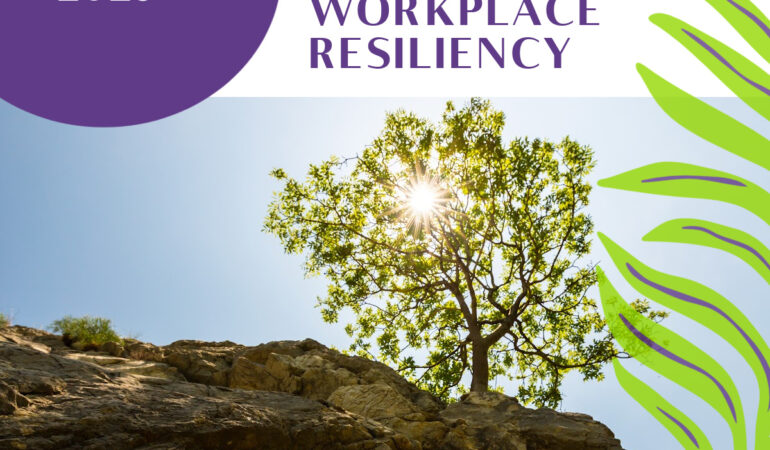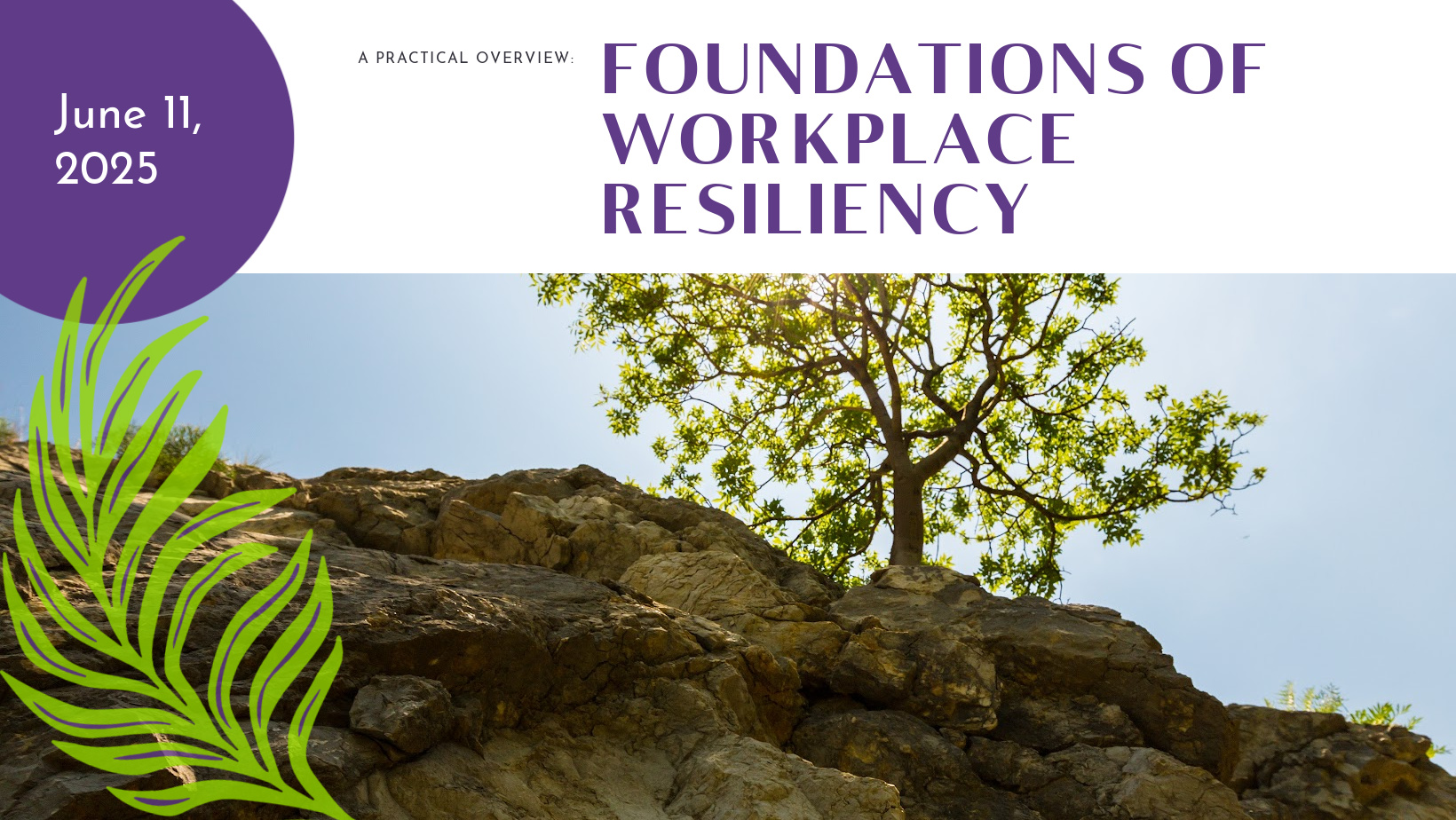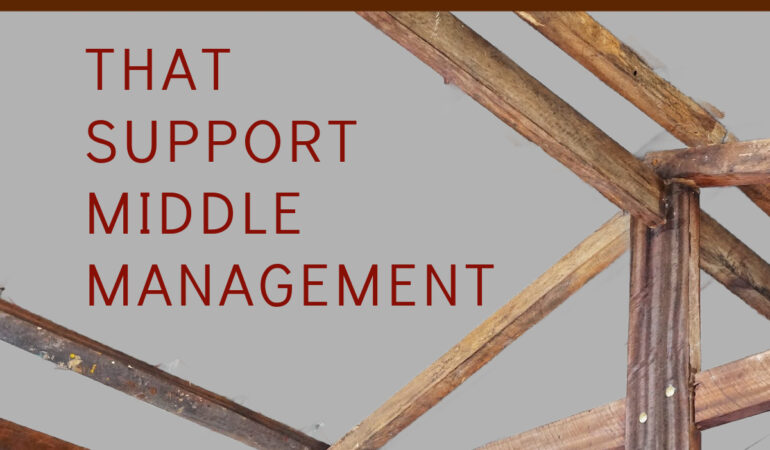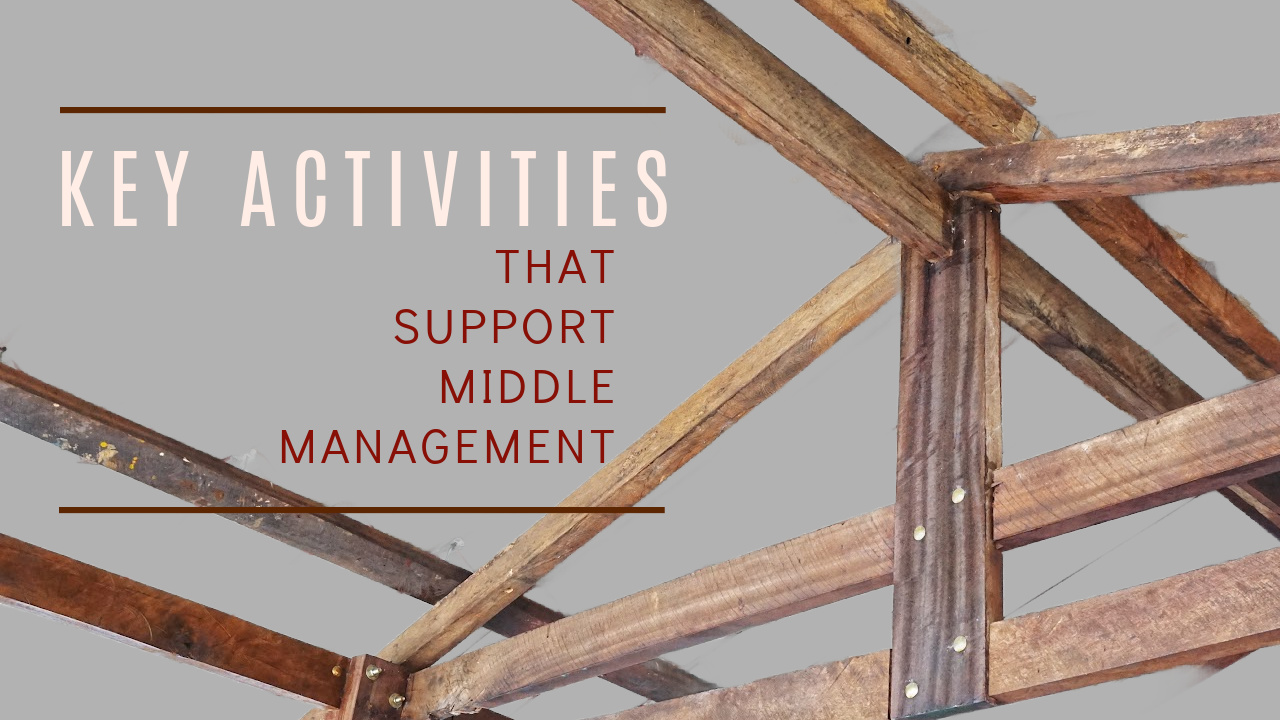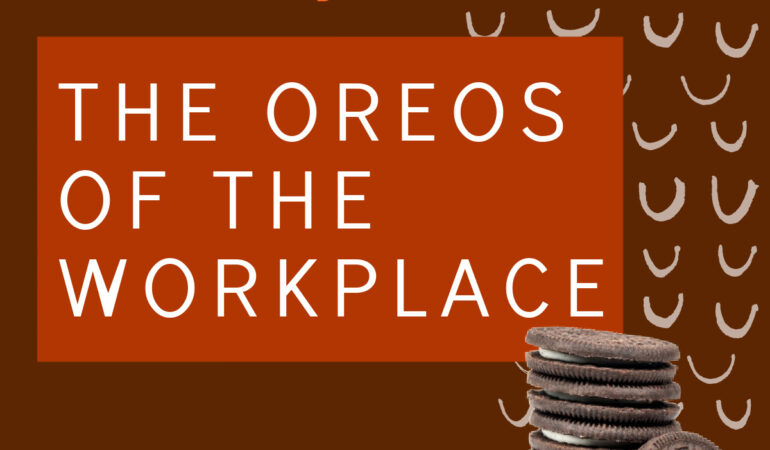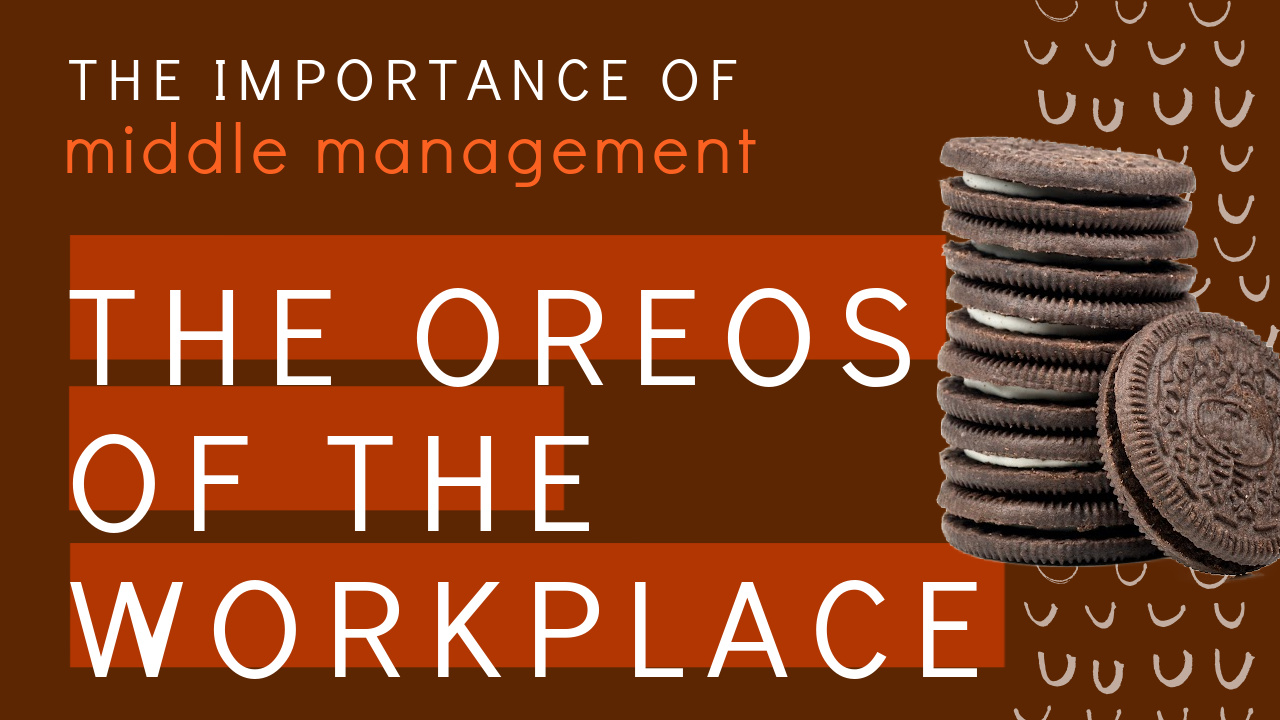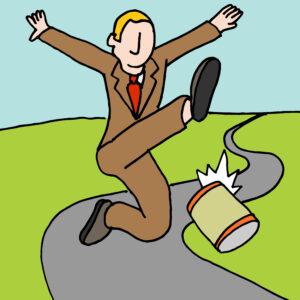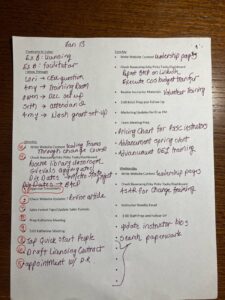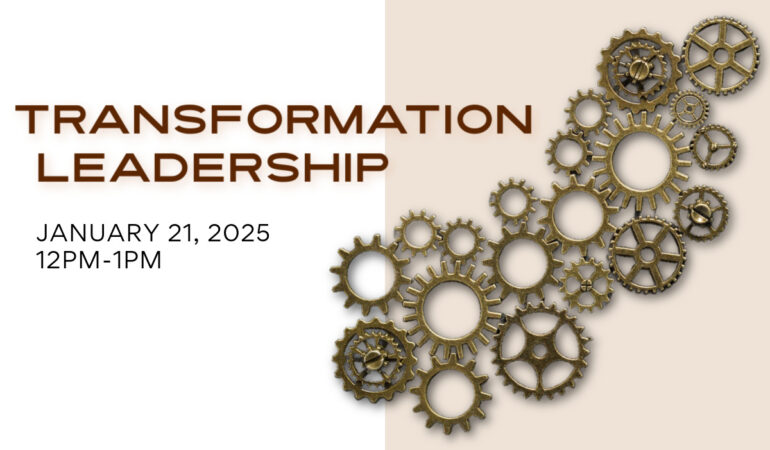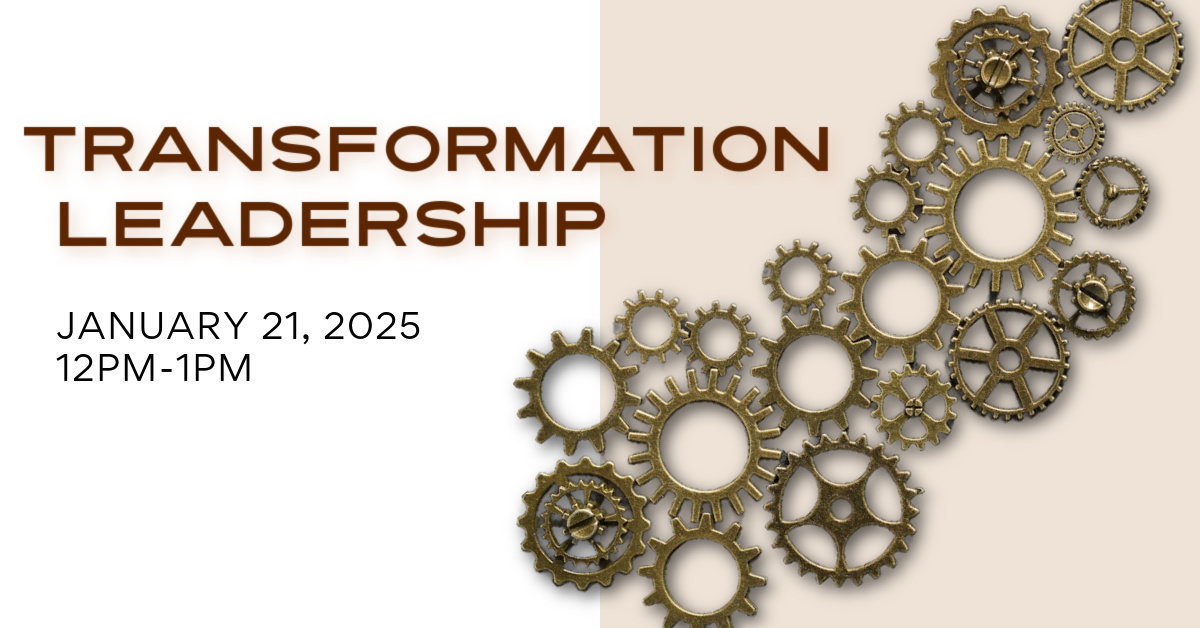Middle Manager Dilemma #1 – Delegation | Middle Management Blog
Delegation: Take It Up A Level
By Beth Schaefer

Delegation is tough. To delegate is to entrust another to represent you by assigning them responsibility and authority. And, raise your hand if you have ever been taught how to delegate your work. Anyone?
A few reasons that delegation is difficult for me include:
- Ultimately, I am responsible for what happens in my department/on my team.
- I know exactly how I want things done and/or how they should be done because I have done almost all the tasks for my department at one time or another for the past 10 years.
- I am an achiever: one of my strengths identified from the Gallup Assessment (have your managers take our course Leading with your Strengths to learn theirs). I know that all strengths can become a weakness if taken to an extreme, and the weakness of the achiever strength is that you can have perfectionist tendencies (see item #2).
Those 3 characteristics are what earned me my leadership role. Why would I abandon what has helped me to succeed? Therefore, as a Middle Manager, I struggle with how much to delegate and if/when to pull work back if results become an issue.
Realistically, as a Middle Manager, you cannot do all the work; hence, the reason you have a team. You need to delegate work and balance letting go with keeping an eye on the situation. Ultimately, you are responsible for the work that your team produces. And this is tricky; in fact, entire training courses do exist on delegating: IPD has one for your leaders called Adopt a Coaching Attitude.
Recently, I heard a conversation that provided some insight that is helping me shape my day-to-day view on delegation. And, the insight comes from the sports world. I know, I seldom use sports analogies but stick with me on this because this example will use minimal sports jargon to transfer my observation from sports to the workplace.
My sporty source is Mike Conely, a Minnesota Wolves Timberwolves point guard. Mike, at age 37, is considered the wise old sage of the team. On a recent KFAN interview*, he was discussing younger players who lose their composure on the court and are flagged for penalties that can hurt the team. He said that those younger players need to learn how to “play up a level.”
Play up a level means to look at the bigger picture, the bigger goal, the long-term or even short-term goal, but not at any one single moment. In a moment on any given day, your people may not be at their best; they may make a mistake; they may make an inefficient choice; they may forget a detail, but it’s a moment – it’s not the whole game; it’s not the whole series; and it’s not the whole season.
This “Play up a Level” view helps me to suppress my micromanaging tendencies and be better at delegating and using “mistake moments” to coach rather than pull work back onto my own plate. Because we are at work, and not at play, I will change the phrase to “Take it up a level.” This lens will remind me to coach through the moment with a view to the bigger picture rather than trying to keep doing everything myself.
Since I have been honest about my struggle with delegating, you have already guessed that I am not a delegation expert. I offered one observation for managing delegation, but I would love to hear from you. Please fill out the form and share your best tip for delegating work. IPD will select some delegation strategies to publish in next month’s newsletter.
Also, fill out our standard customized training form to indicate your interest in bringing any of IPD’s workshops to the leaders in your organization.
Please note: At the time of writing this article, the Wolves are playing the LA Lakers in the 2025 play-offs, and I am staying up late to watch games on West Coast time. This may not have a positive effect on my writing, but it is making me a lot more willing to delegate work!
*Apologies to Mike Conley from the Wolves and Dan Barreiro from KFAN as I was unable to locate the conversation analysis in the podcast bank for a proper citation.
Please fill out this form and share your best tip for delegating work:



